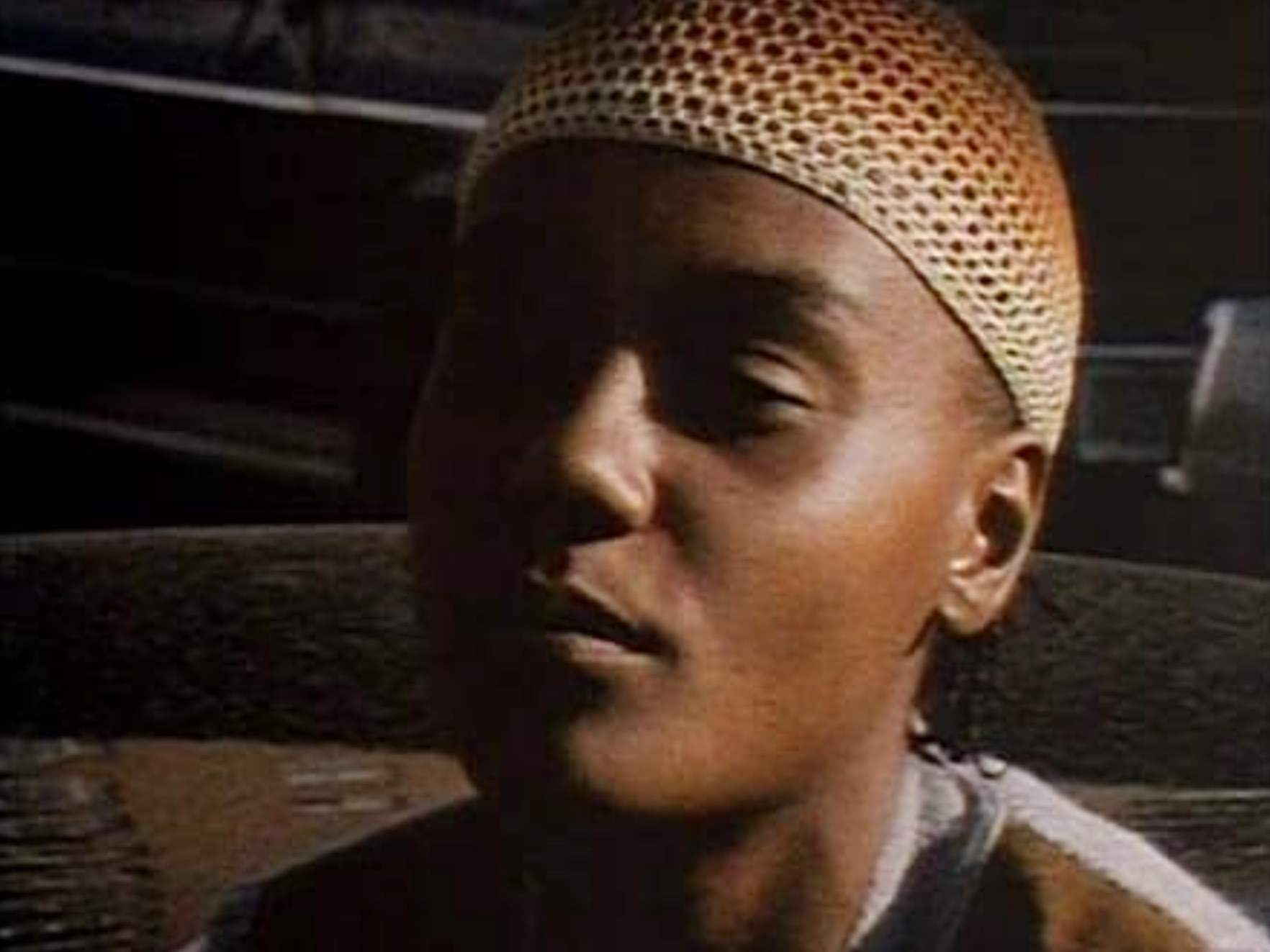
- HFPA
Restored by HFPA: “Born in Flames” (1983)
“This unruly, unclassifiable film – perhaps the sole entry in the hybrid genre of radical-lesbian-feminist sci-fi vérité – premiered two years into the Reagan regime, but its fury proves as bracing today as it was back when this country began its inexorable shift to the right,” wrote Melissa Anderson of The Village Voice about Born in Flames in 2016 after the film’s restoration premiered at the Anthology Film Archives.
Indie director Lizzie Borden, in her feature film debut, made a radical film that took five years to shoot and cost $40,000. Born in Flames was shot documentary-style with handheld cameras, incorporating media clips, montages, and improvised scenes with a mostly amateur cast. It is not a conventionally structured film with no leading actor or character development and has been described as ‘a mess’ by certain critics. But the propulsive thrust of the film gives it a rawness and passion unseen in indie films at the time.
The story is set in an alternate world that went through a socialist revolution a decade ago, but its systemic problems are still endemic – rising inflation and scarce jobs, violence targeted at women who are second-class citizens in every respect, racism and sexism aimed at minorities who are accused of stealing jobs from ‘real’ Americans. The US President is talking about paying women to be housewives, the media is complicit in pushing government narratives, and police brutality is the norm.
In this climate, Adelaide Norris (Jeanne Satterfield) organizes the Women’s Army, a radical feminist group of vigilantes and revolutionaries to challenge these inequities. She tries to bring together other women’s groups like underground feminist radio station DJs and journalists, but only succeeds in getting the attention of the FBI who tracks her actions and arrests her on a trumped-up charge when she returns from a foreign trip. Her mysterious death in prison brings about the unity of the disparate groups that she couldn’t manage to do in her life, and they are determined to get the word out about her murder and carry on her work. There is a shocking last scene where a well-known building is bombed by the women.
The themes of the film run the gamut of black and queer feminism, the role of media in the culture, and the mobilization of women against the predominant sexism of a patriarchal society and government.
The movie marks the acting debut in supporting roles of director Kathryn Bigelow as a newspaper editor and Eric Bogosian as a television studio technician and features civil rights activist Florynce Kennedy, singer Adele Bertei from the band The Bloods, and actor Ron Vawter as an FBI agent.
The title of the movie is taken from the 1980 song “Born in Flames” by Red Krayola. Other notable songs featured are “I’ll Take You There” by The Staple Singers, “Strange Fruit” by Billie Holliday and “New Town’ by The Slits.
Director Borden talked about the challenges of making the movie to the Detroit Metro Times in 2017. She told the reporter she struggled with the word ‘feminism’ as it reflected White middle-class women like her and she saw that as a problem. “So, I wanted to make a film that was multiracial, cross-class. These days they would use the word intersectionality, but that didn’t exist then. Even the word “feminism” was suspect, because that was a White word, and at that point, Black women used the word “womanism” and did not trust White feminists as epitomized by Gloria Steinem and Ms. magazine, which seemed way too middle class.
“I wanted to make a film where I didn’t have a script because I didn’t want to put words in the mouths of Black women … I wanted women to have their own voices, and often simultaneously. So, I started to find women, at the YMCA, at gay bars, and that kind of happened.”
What she also wanted to explore was different voices that were after the same goal, but which targeted that goal in different ways. Every time Borden could raise $200, she would take her camera to a women’s group and film whatever they discussed. She found a story emerging after she edited the footage. She then started writing fictional scenes based on the material she had. She would film her actors joining demonstrations that already existed or stage a false demonstration that real people would join, then film it.
Commenting on the Trump administration in the same 2017 interview, she said, “When I made the film when Reagan was president, I had no idea that this psychopath would be president, where so many issues are worse for women and for everyone else. So many things that we thought would be resolved are not only not resolved, they’re getting worse by the day.”
Borden has explained her unusual name in interviews. Born Linda Elizabeth Borden in Detroit, at age 11 she read the story of the 1890s Massachusetts ax-murderer Lizzie Borden and later legally changed her name. “At the time, my name was the best rebellion I could make,” she told Christina Lane, author of “Feminist Hollywood: From Born in Flames to Point Break.”
Born in Flames premiered at the Berlin Film Festival and is on the list of the fifty most important independent films by Filmmaker magazine. A body of feminist literature emerged from its influence.
The film was restored with a new 35 mm print funded by the Hollywood Foreign Press Association and The Film Foundation and went through a rediscovery by critics and audiences around the world. The restored print debuted for a week-long run in 2016 by the Anthology Film Archives. It was part of a larger project, “Re-Visions: American Experimental Film 1975-1990.”